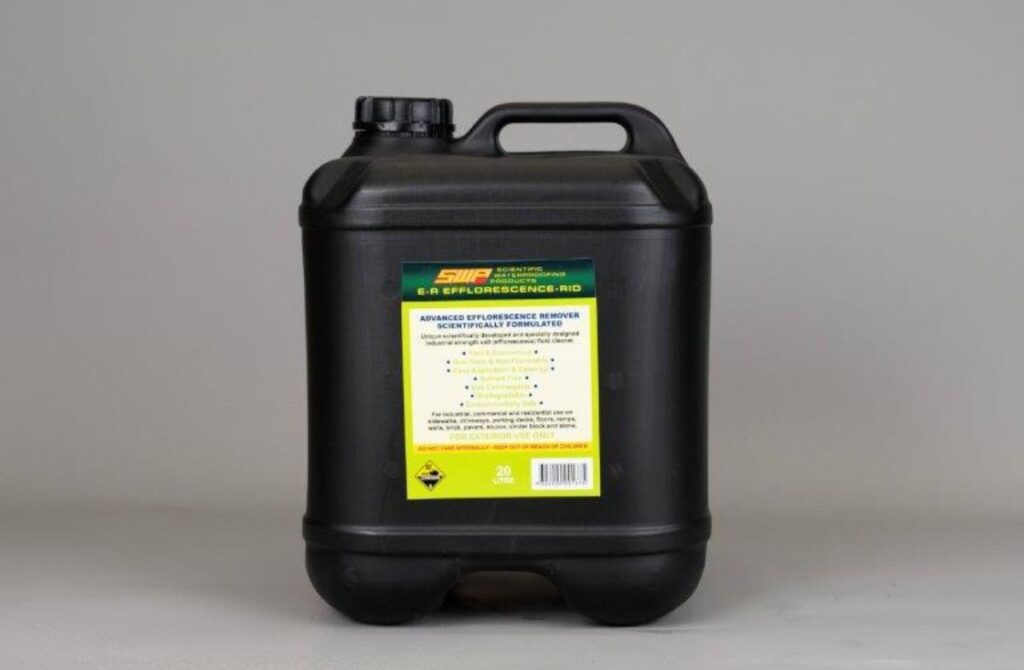
Whether it’s entertaining family and friends on a Sunday afternoon, or simply sitting down to enjoy a morning coffee at sunrise, your balcony is the perfect place to make the most of life’s little moments each day.
Tiling your balcony can also help to improve the look of your outdoor space and make it much easier to clean and maintain throughout the year.
Unfortunately, when tiles are not installed properly, issues such as efflorescence can take hold of your balcony area, leaving ugly powder-like marks and gaps within the grout lines in between your tiles.
In this article, we’re going to take a look at what causes efflorescence in your grout, the other places you may find efflorescence, as well as the best way to treat and remove it as easily as possible from your tiled balcony space.
What causes efflorescence in the first place?
For those of you unsure, efflorescence appears as a salty, crystalline mark on or around the grout lines of your tiled surfaces.
Efflorescence is typically a seasonal problem. Long periods of rain, snow or low temperatures can cause excess moisture to penetrate and soak through your grout lines into the concrete substrate below. When the moisture then evaporates, it draws up the salt and other minerals from the concrete, leaving behind the ugly white marks that you then see on your tiled surface.
This can also occur when the grout used in between the tiles has been improperly prepared before being installed. A wet, watery grout is far more likely to attract efflorescence than a grout that’s been properly mixed with the right amount of water.

The right waterproofing solution will remove efflorescence and protect your grout lines
Using Sealtight, you can effectively waterproof your tiled balcony and ensure that your grout lines stay free from excess moisture and efflorescence in the future.
Of course, if you’d like further guidance on the best waterproofing products to use on your grout lines, speak to your local Australian waterproofing specialists.
Get the right waterproofing solutions for your grout lines with SWP
At Scientific Waterproofing Products, our team is here to provide you with the right waterproofing for your unique situation. We offer a wide range of Drizoro cement-based waterproof coatings for all of your maintenance and restoration requirements.
If you’ve got any questions or issues around treating efflorescence in your grout lines, or you’d like to find out which product is best for your needs, contact us today! You can also check out a list of local Drizoro resellers and applicators here.
As always, SWP is committed to providing the right waterproofing solution for any water-related problem or application.